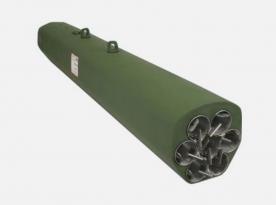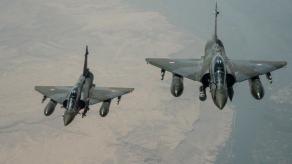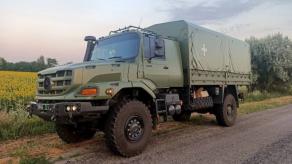Although russia created its "hypersonic" Kh-47 Kinzhal missile specifically to penetrate anti-missile defenses, the Ukrainian Armed Forces have not only debunked the myth surrounding its capabilities but also compromised the very purpose of this missile's existence.
Since the first interception of the Kinzhal on May 4 over Kyiv, a total of 15 missiles of this type have been intercepted, a Ukrainian air force official told Novynarnia.
Read more: Which Regions of Ukraine Lack Air Defenses, the President Reveals
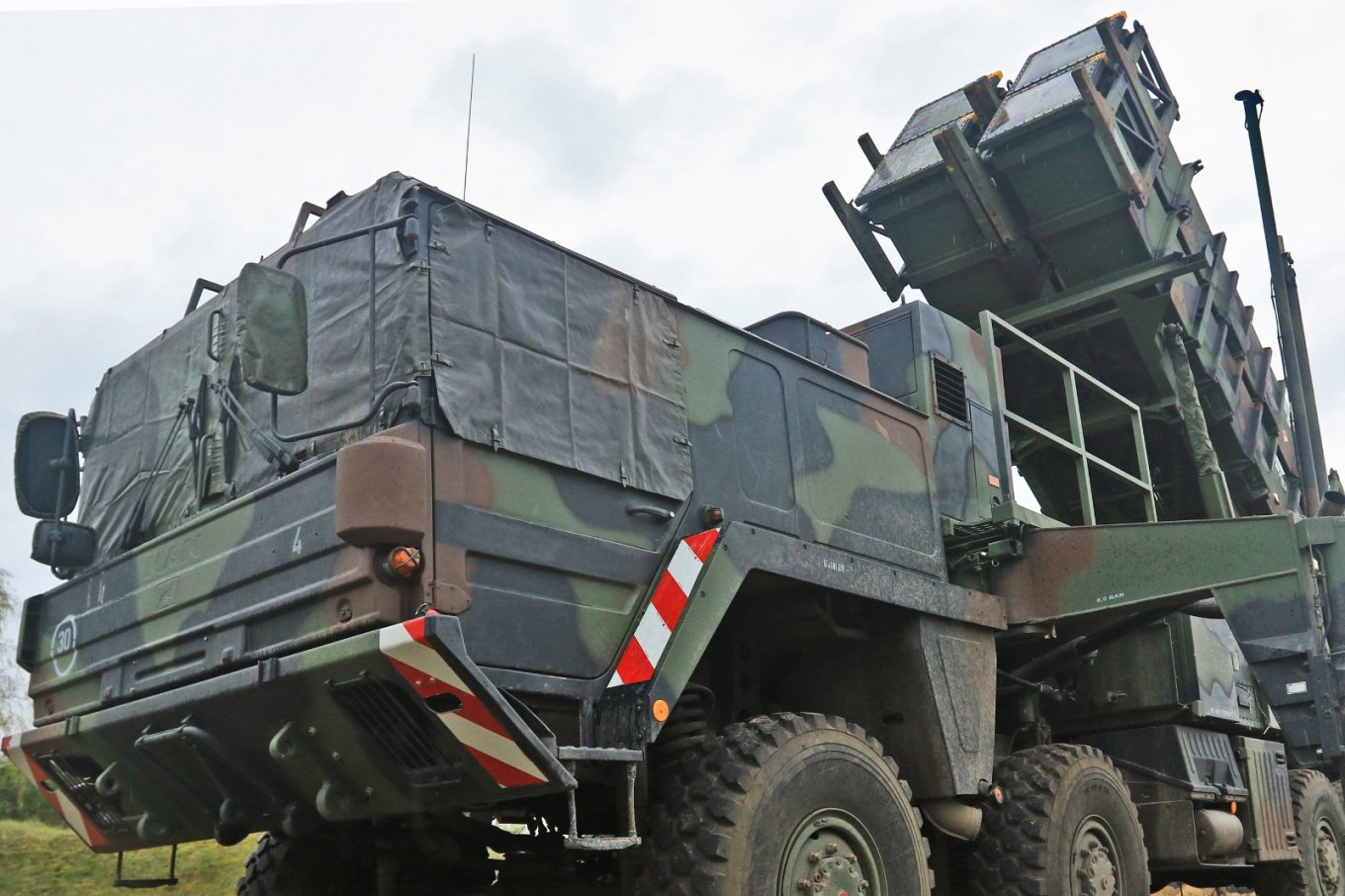
In a lengthy interview, the journalist of this news website discussed various aspects of Ukraine's air defense with Yurii Ihnat, the spokesperson for the Air Force Command of the Ukrainian Armed Forces
But before diving into specifics we should add that despite regular detailed reports published by the Air Force itself, instances occurred when these reports recorded only the launch of russian missiles regardless of whether neutralized or not. In total, the russian forces have launched 27 Kh-47 Kinzhal missiles on Ukraine since May.
Thirteen Kinzhals were targeted at Kyiv, guarded by the American-designed Patriot anti-missile system. The fact the country's capital is guarded by none other than Patriot was reasserted in this interview.
One more Kinzhal was intercepted while it was aiming for another target. On August 11th, a group of four missiles were on their way to the airfield near Kolomyia. One of them was intercepted in the Kyiv region, the other three managed to get through but missed the target.
Thus, the Ukrainian operators not only demonstrated 100% effectiveness in intercepting the Kh-47 Kinzhal during direct attacks on Kyiv but also shot down a hypersonic ballistic missile in its midcourse stage of flight. The capability to do so is not even mentioned in the publicly available description of the Patriot system.

The interview also draws attention to an issue, resolved by now, regarding the initial configuration of NASAMS air defense systems, when Ukraine had just received them in October 2022.
As it turned out, the fire unit contained only three launchers, each carrying six missiles, limiting simultaneous targets to 18 without reloading. For comparison, Kongsberg describes a basic NASAMS battalion as 12 launchers, up to 72 missiles in a single salvo.
This detail finally explains why, for example, Lithuania decided to supply Ukraine with additional launchers for this SAM. Provision of additional launchers although doesn't expand the coverage area which is still strictly limited to the radar coverage, but naturally increases the system's ability to destroy more targets in one go.
While this would not mean much in the context of anti-aircraft warfare, since russian aviation doesn't attack in swarms, the capacity of targets a system can intercept simultaneously is essential when it comes to repelling salvos of cruise missiles, consisting of dozens missiles approaching all at once.

The discussion also addressed the potential for russia to repeat last year's autumn–winter campaign against Ukraine's critical infrastructure. The determined and targeted shelling of Ukraine's power grid began on September 11, 2022, with an attack on the Kharkiv thermal power station, lasting until March 12, 2023.
The russians continued to spend missiles until March 12, 2023, when they simply ran out of missiles.
Yurii Ihnat noted that as a result, the Kremlin has already tapped into the emergency supply of missiles, and especially Iskander ballistic missiles — into the last resort stock that should never be touched.
Leaving ballistic missiles and other unconventional weapons aside, russian forces had had launched more than 1,000 cruise missiles and more than 1,000 suicide drones during that shelling campaign.
The Ukrainian forces, in turn, intercepted 75% of threats, and that is not to mention the first medium-range air defense systems began to arrive only in October, therefore the main burden was borne by close-range Soviet-era systems and Western MANPADS.
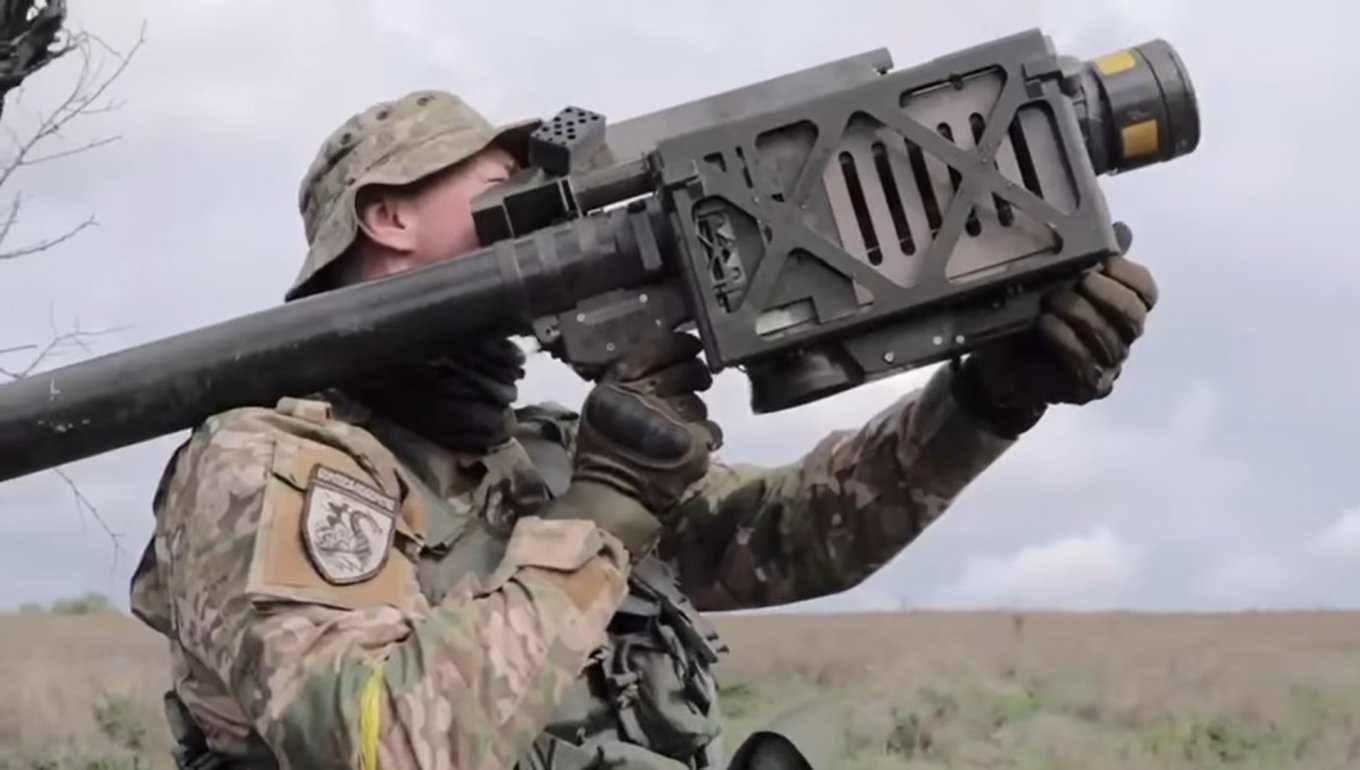
Now, having limited the use of cruise missiles to the minimum in October and November 2023, russia has indeed accumulated them to a certain extent. With production rates roughly 100 missiles per month, ~75 of them being cruise missiles, everything russians do not launch right away goes to storage.
Precisely speaking, official reports say russia launched six cruise missiles in October, and only one this November. It means they could have approximately 150 cruise missiles piled up by now. And the russians can build their plans based on this stockpile.
It is not particularly much, and that is why, as Yurii Ihnat pointed out, the main threat now comes from loitering munitions like the Shahed-136. There are enough of them to launch them in massive waves.
Countering this threat requires cost-effective solutions and effective work of anti-aircraft artillery systems, in the first place. That makes reinforcement in the AA guns department no less important for Ukraine than the increase in the number of advanced surface-to-air missile systems.
Read more: What EW Systems and "Drone Killers" Has Ukraine Received to Counter Lancets and Shahed-136 Combat UAVs?





